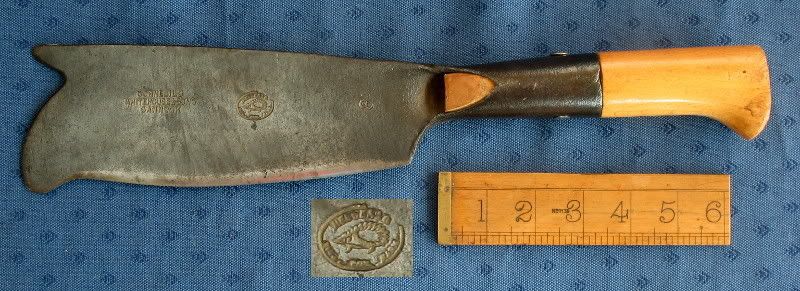bugbear
Established Member
I've been to an awful lot of green woodworking events, and seen a hell of a lot of froes.
I was wondering what makes a good froe? I suspect almost any old shape
can be made to split wood, but are there "better" and "worse" froes?
Messing around with a sketch, I think the cross sectional shape of a froe can be described
in 4 numbers ("parameters"), see top left of picture.
Depth
Thickness
Proportion of blade that is tapered
Convexity (perhaps measure by sagitta) of taper
These 4 numbers are enough to describe all the shapes on this picture:

So - what's your favourite froe? I would especially welcome input from anyone who's used more than one.
BugBear
I was wondering what makes a good froe? I suspect almost any old shape
can be made to split wood, but are there "better" and "worse" froes?
Messing around with a sketch, I think the cross sectional shape of a froe can be described
in 4 numbers ("parameters"), see top left of picture.
Depth
Thickness
Proportion of blade that is tapered
Convexity (perhaps measure by sagitta) of taper
These 4 numbers are enough to describe all the shapes on this picture:

So - what's your favourite froe? I would especially welcome input from anyone who's used more than one.
BugBear




